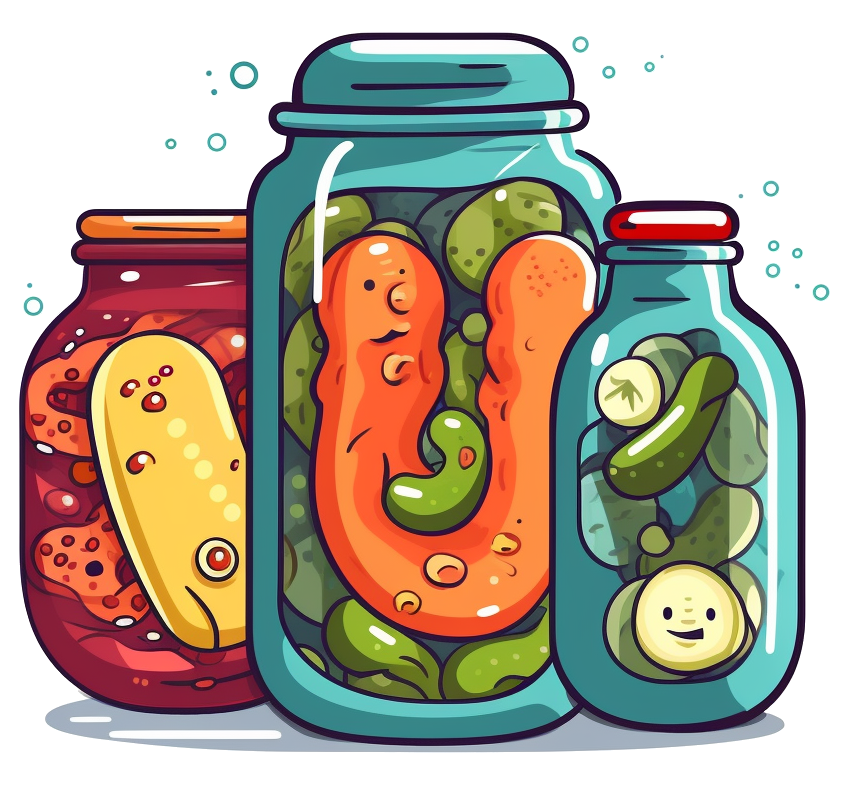I’m thinking mostly of turşu (torshi) and kimchi.
Traditionally, these vegetables are able to ferment fully sealed for weeks, months, or even years. My family ferments turşu for 6 weeks and they fill that bottle to the brim with no problem. But I have seen many reports of people doing European style fermentation who have popped lids and made a mess because they didn’t “burp” the jar.
So what is the difference that makes them not need to release pressure? Can they be made in a metal lid mason jar?
Also, there is vinegar in turşu solution - anywhere from 10% to 50% volume depending on the recipe. Some recipes boil the solution before adding to the jar. I have read many people say both vinegar and boiling will kill your culture, but I have seen both done and they definitely work. Any insights on this?


If you can create a waterproof seal odds are it is not capable of venting. The vacuum created by a cooling liquid is going to be trivial compared to the amount of gas being produced by any fermentation process - for context a teaspoon of fermentable sugar in a 250ml mason jar would put the glass at risk of shattering, and at the very least cause it to gush foam when opened. Last time I did fermented chillies for hot sauce I put the lid on too tight and when I loosened the mason jar ring I filled my kitchen with aerosolized scorpion pepper pulp, 0/10 would not recommend. Also note that fermenting in a sealed container is very dangerous - if too much pressure builds, handling the glass can cause it to explode and you could lose a hand
Vegetables will naturally off-gas with age, which may be what is causing the mild amount of pressure build up you are describing? This is decomposition, not fermentation
I haven’t heard anything about chickpeas absorbing carbon dioxide - I know chick pea water is viscous and it may behave similarly to Irish moss/isenglass/agar/gelatin etc in that it acts as a fining agent - it binds to the vegetable proteins in solution and slowly settles to the bottom so all the cloudiness in the solution is concentrated into a thin layer on the bottom instead.
I’m not an expert on vegetable fermentation but I will say if you are adding near boiling water you are definitely killing 100% of the yeast and the majority of the lactobacillus - yeast will die between 40-60C and the more temperature tolerant lactobacillus species between 55-65C - I would look into getting a fermenting lid with a water filled air lock to visualize what is going on. During an active fermentation you should be able to see a near constant stream of bubbles floating up to the surface of the water.
How does one even being to clean aerosolized pepper from a kitchen? That sounds like a nightmare.
It was fine - it was just difficult to breathe and every surface in my house (even after wiping it down) made me cry for a week
deleted by creator
You basically pepper sprayed your house. lol